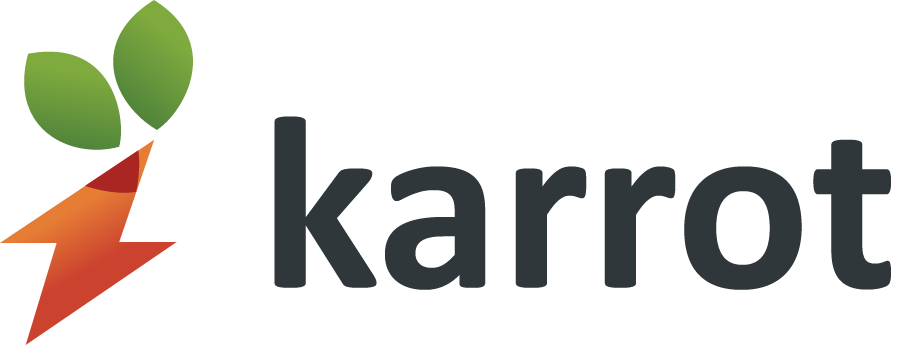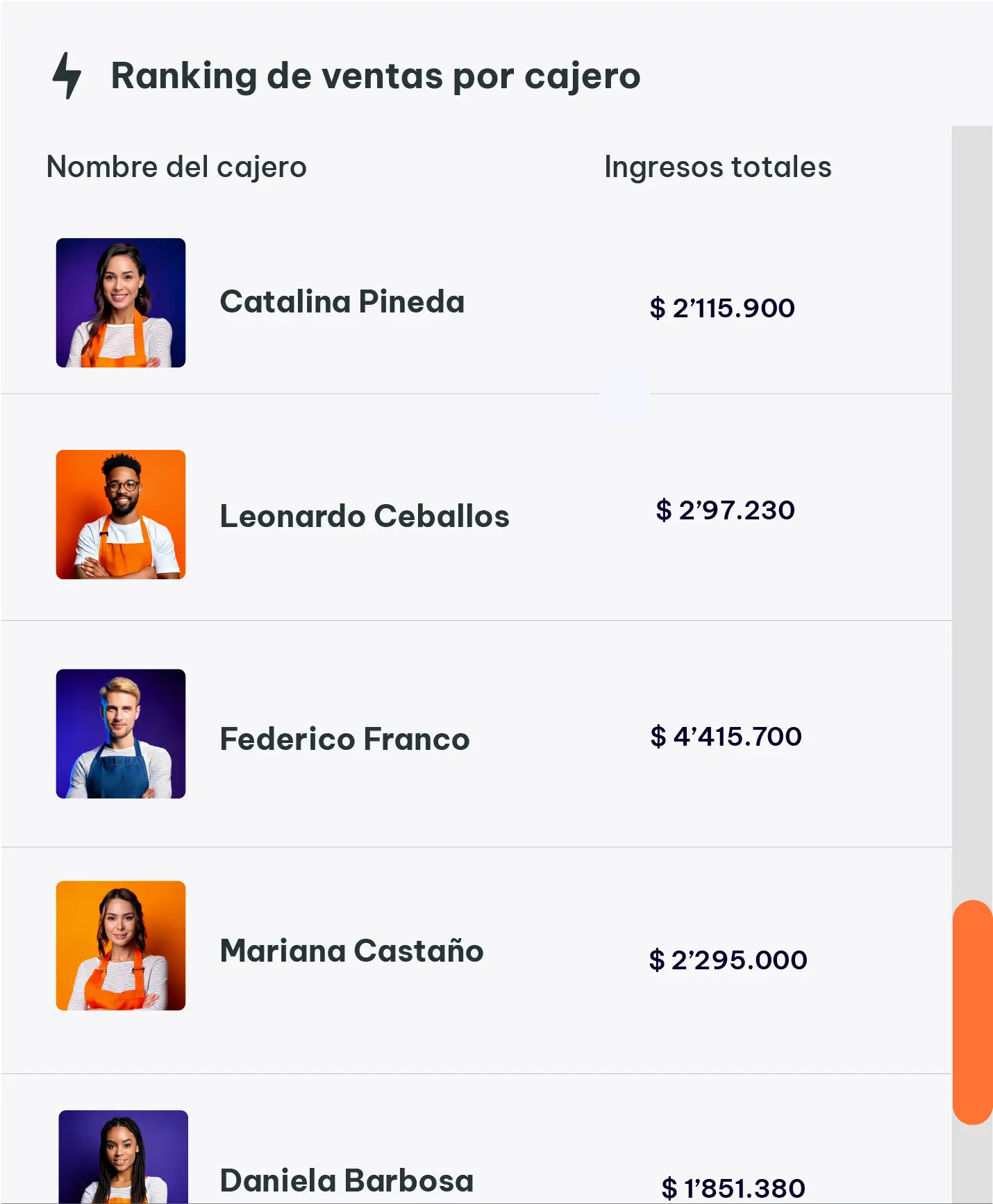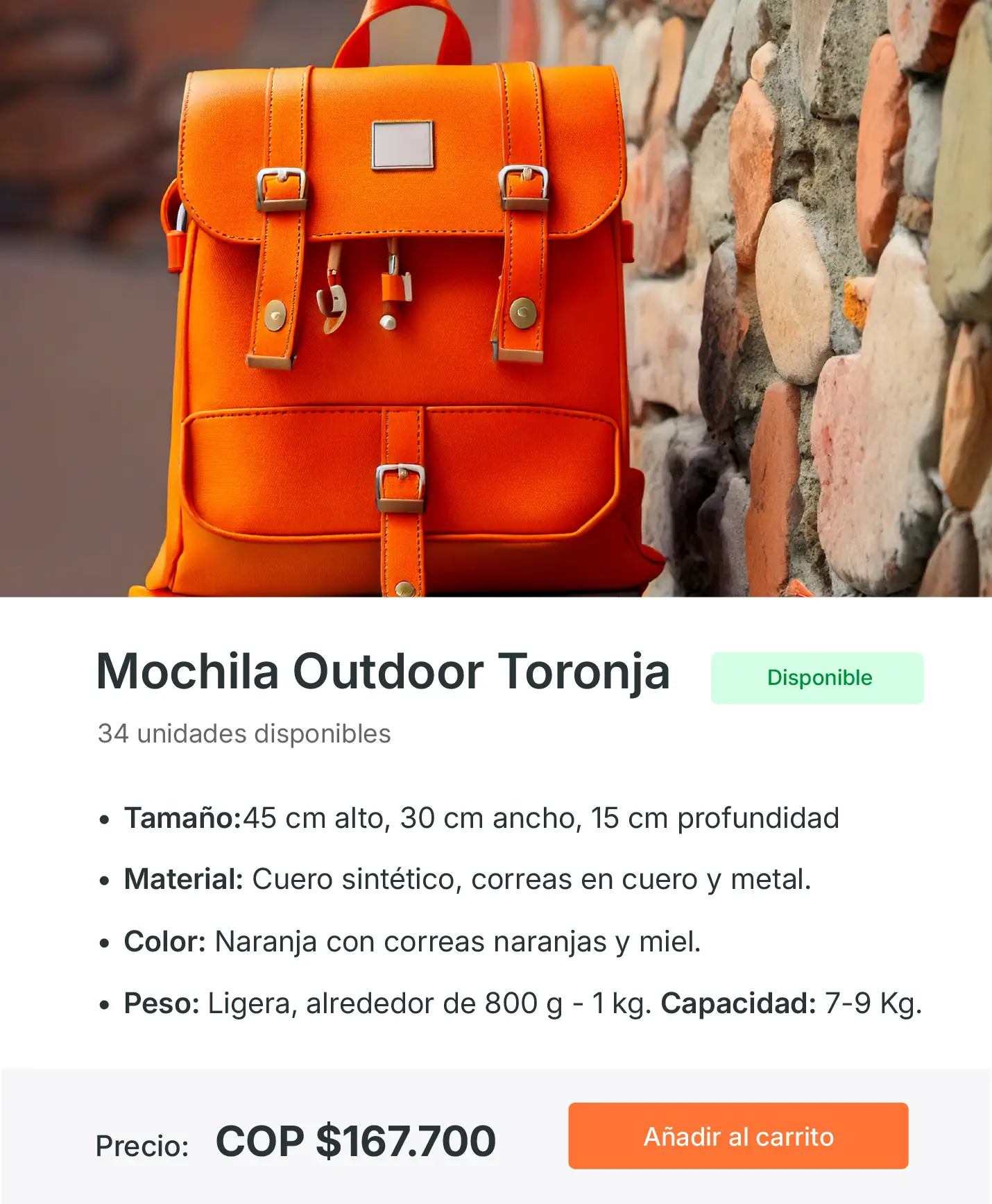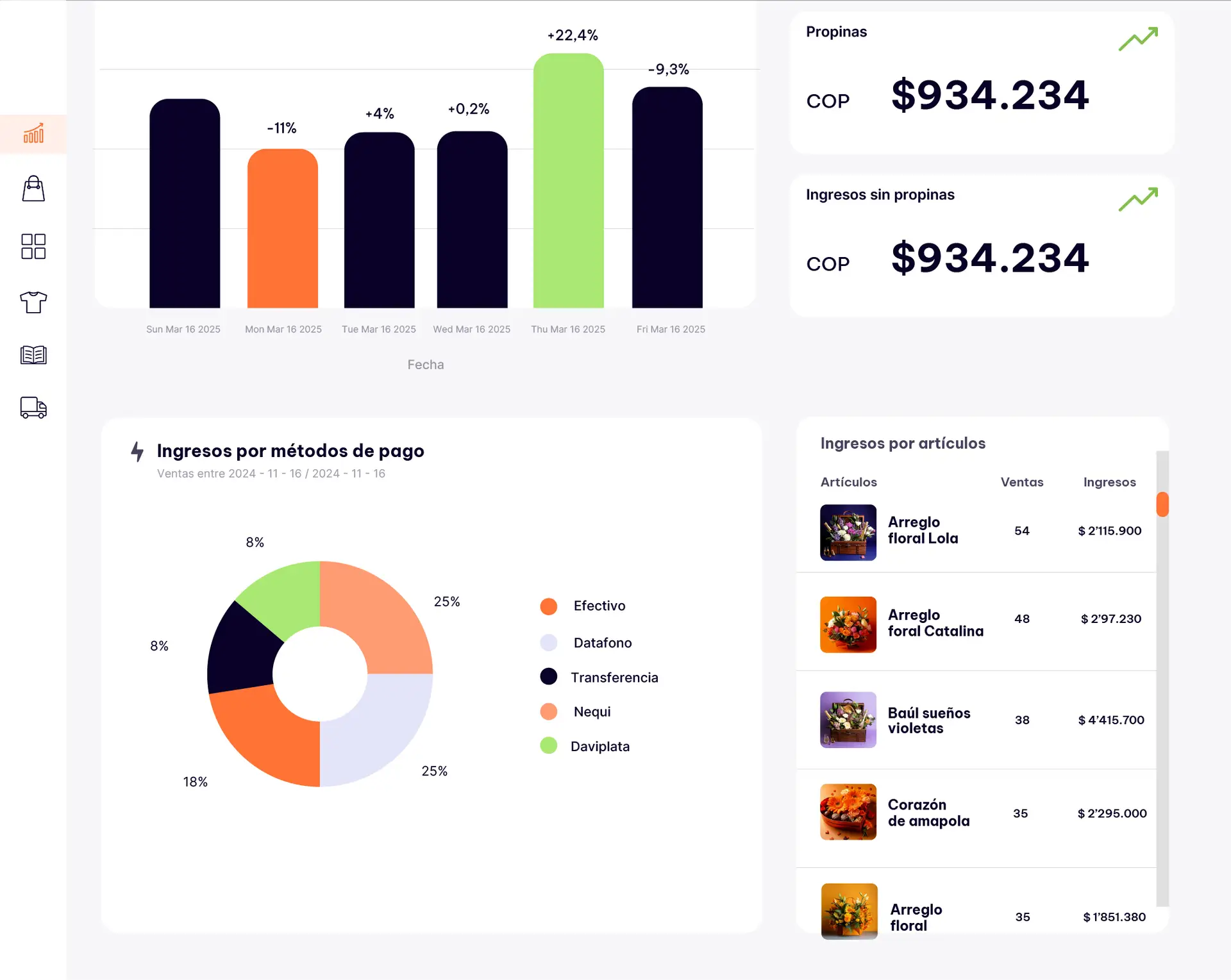Introduction: Don’t Build a Business on Guesswork — Build It on Alignment
Launching a store is exciting. You dream of designing your space, selecting your products, and interacting with happy customers. But before any of that becomes real, you must face the first and most important decision: what kind of store should you open?
This question might seem simple, but it holds more weight than most people realize. Because it’s not just about selling something — it’s about choosing a business that’s aligned with your values, your market, and your lifestyle.
Too many aspiring entrepreneurs jump into business with vague ideas like “I’ll sell clothes” or “Maybe a coffee shop?” without doing the deeper work. They pick what sounds trendy, what they’ve seen on social media, or what someone else is doing. But a vague idea without structure leads to vague results — and vague doesn’t sell.
Your idea isn’t just a starting point. It’s the foundation of everything that follows: your customers, your inventory, your branding, your pricing, your marketing. If it’s shaky, the rest of the business wobbles too.
That’s why this article isn’t just about “coming up with” an idea. It’s about choosing the right one — the one that actually has a chance to grow and sell.
In the following six sections, you’ll learn how to evaluate yourself, your market, and your resources to make a decision that feels grounded and powerful. Whether you have five ideas or zero, this is the structure that helps you move from confusion to clarity — and from daydreaming to selling.
Let’s start from the only place that makes sense: you.
1. Know Yourself: Your Strengths, Passions, and Lifestyle
The best retail businesses aren’t just built on market demand — they’re built on personal alignment. Before you choose what to sell, you need to understand who’s selling it — you.
A. What Are You Naturally Good At?
Some people are great communicators. Others are organized, creative, or analytical. Your business will need you to wear many hats — but starting with your natural strengths gives you an edge. For example, if you’re detail-oriented, managing inventory or logistics might come easier to you than building a brand from scratch.
B. What Do You Actually Enjoy?
Enjoyment matters. If you hate fashion, why open a boutique? If you love talking to people, a physical store may make more sense than an online-only model. Your business will demand energy — align it with activities that energize you.
C. What Kind of Life Do You Want?
Are you okay working weekends? Do you want something flexible or something stable? Do you want to work alone or with others? Your store should support the lifestyle you want to build — not become a trap.
D. What Problems Have You Faced or Solved?
Often, the best ideas come from your own life. Maybe you’ve struggled to find natural pet food, or you’ve seen a need in your community for affordable school supplies. Pay attention to problems you understand firsthand — they may hold a business opportunity.
Practical Exercise
Make a 3-column table: Strengths | Enjoyments | Frustrations you’ve experienced as a customer. Fill it out and look for connections or patterns that could inspire a relevant business idea.
2. Know the Market: What People Actually Need (and Pay For)
Even the most passionate business won’t succeed if no one wants what you’re selling. The key to a winning idea is finding where your skills and interests meet a real need in the market.
A. Don’t Sell What You Love — Sell What Solves a Problem
You might love handmade candles, but is there real demand for them in your area? Are people already buying similar products? Can you offer something unique or better? Start by looking at the problems people are already trying to solve with their purchases.
B. Observe Buying Behavior, Not Just Opinions
People often say, “I would totally buy that!” — but that doesn’t mean they will. Pay attention to what people actually spend money on. What shops are always busy? What items are consistently out of stock? That’s market demand in action.
C. Look for Gaps and Underserved Niches
Maybe there are 10 clothing stores in your city — but none cater to plus-size teens, or eco-conscious professionals. Saturated markets still have gaps. A focused niche can outperform a general store.
D. Study Your Area (or Audience)
If you’re opening a local store, walk your neighborhood. Talk to people. Visit competitors. If you’re going digital, explore forums, hashtags, and online reviews. Learn what people complain about — and build something better.
Practical Exercise
Interview or survey 5–10 people in your target audience. Ask: What’s something you wish existed near you (or online)? What frustrates you about current options? Record their answers and see what themes repeat.
3. Start Where You Are: Resources, Skills, and Connections
Many people think they need to wait until they have more money, more experience, or more tools. But the truth is: the best business ideas often come from starting with what you already have.
A. Inventory Your Current Resources
What do you already own or have access to? Maybe you have a spare room, a car, a camera, a laptop, or even shelving. These small assets can shape your business model. Starting with zero is rarely true — most people have more than they think.
B. Skills and Background Matter More Than You Think
Worked in customer service? You understand people. Have you done accounting or event planning? You’ve got transferable skills. Don’t ignore past experiences just because they weren’t “business.” They count.
C. Relationships Are Business Fuel
Who do you know that could help? A friend who’s a designer, a cousin who runs a store, a supplier you already trust? Relationships often give you your first boost — whether through advice, discounts, or connections.
D. Build for Small-Scale Validation
Instead of planning the perfect business on paper, ask: “What can I launch with what I have right now?” A weekend stall, a preorder campaign, or a test run on Instagram? Real-world tests beat perfect plans.
Practical Exercise
Write down all the people, places, skills, and tools you already have access to. Then brainstorm 3 business ideas you could test using only those resources. Keep it small and specific.
4. Test Before You Commit: Validate the Idea in the Real World
One of the biggest mistakes first-time entrepreneurs make is falling in love with an idea… without testing it. They spend months perfecting a brand, investing in inventory, and designing a space — only to find out their idea doesn’t work in practice.
That’s why the smartest move is validation before investment.
A. A Good Idea Survives the Test
If your idea truly solves a problem, people will show interest — even with a basic version. You don’t need a logo or a website to test. You just need a product and a way to present it.
B. Use Minimum Viable Offers (MVOs)
Instead of launching a full store, create a small version of your idea. This could be a limited collection, a one-weekend pop-up, or a “friends and family” test sale. You’ll gather feedback and real data.
C. Don’t Wait for Perfect Conditions
There will never be a perfect moment. Start messy. Start lean. Launch a simple product line, a landing page, or a WhatsApp group to take orders. Progress builds momentum.
D. Listen, Adjust, Repeat
Validation isn’t just about confirming your idea — it’s about shaping it. Listen to what customers say, watch how they behave, and be ready to adapt. This agility is your superpower as a small retailer.
Practical Exercise
Choose one idea and build a test around it. What’s the simplest version you could launch in 7 days? Set a goal (e.g., “get 10 people to buy or pre-order”) and measure your results.
5. Define Your Angle: Differentiate or Die
In retail, it’s not enough to have a good idea — you need a distinct one. The market is full of stores selling the same types of products. What sets yours apart?
Differentiation is what makes people remember you. It’s what makes them choose you instead of another similar store.
A. Choose One Clear Promise
What will your store be known for? Speed? Eco-friendliness? Personalized service? Low prices? A specific audience? One clear strength is better than trying to be everything to everyone.
B. Embrace Your Perspective
Your background, culture, or personal values can shape your offer. A Latina-owned skincare brand. A zero-waste grocery run by a nutritionist. A bookstore focused on queer literature. Be bold — your identity adds value.
C. Visual Identity Matters
Your store’s look and feel also sets you apart. Think about your name, logo, colors, and the way you speak. Make sure it matches your message and target audience.
D. Be Better or Be Different — Ideally Both
You can compete by offering something better (higher quality, better service) or something different (more focused, more fun, more niche). Ideally, your idea checks both boxes.
Practical Exercise
Write a one-sentence pitch that answers: “Why would someone choose my store instead of another?” Refine it until it’s specific, memorable, and exciting to you.
6. Make It Sustainable: Think Beyond the Launch
Many entrepreneurs focus only on launching — but don’t think about what comes after. A good idea is one that can evolve, grow, and sustain your energy and income over time.
A. Think About Margins Early
Can your idea be profitable? It’s not just about selling — it’s about what you keep after costs. Low-margin businesses can wear you out fast, even with strong sales.
B. Design for Your Energy, Not Just Your Skills
Some ideas are profitable but draining. A store that needs constant customer support, long hours, or high stress may not be worth it. Your business should support your life, not burn you out.
C. Build Systems from the Start
Even a simple spreadsheet or inventory tracker can save you stress later. The more organized your systems, the easier it is to scale without chaos.
D. See It as a Journey, Not a Jackpot
Retail success isn’t instant. A sustainable idea grows with you. It’s something you can improve, tweak, and expand — not just a quick win.
Practical Exercise
Project your business one year into the future. Write down what it would need to still be enjoyable and profitable. What do you need to include (or avoid) today to make that future possible?
Final Reflection: The Right Idea Isn’t Found — It’s Built
If you’re still searching for “the perfect idea,” here’s the truth: you probably won’t find it fully formed. Most successful business ideas aren’t discovered. They’re developed — piece by piece — through reflection, testing, and action.
Choosing what kind of store to launch is one of the most personal decisions you’ll make. And yet, most people treat it like a guess or a gamble. But you’re not “most people.”
You now have a process.
You’ve explored your strengths and lifestyle. You’ve studied the market and your environment. You’ve examined your resources. You’ve learned how to validate and differentiate. And most importantly, you’ve started thinking beyond the excitement of the launch — toward the reality of running a store that works.
Your idea doesn’t need to be flashy. It doesn’t need to impress strangers online. It just needs to make sense — for your customers, and for you.
The right idea is the one you’re willing to show up for — on hard days, slow days, and long days. It’s the one you believe in enough to test, refine, and build over time. That’s what makes it real.
So take what you’ve written down. Look at your lists, your notes, your sketches. And choose.
Not forever. Not perfectly. Just choose one direction to move forward.
Because clarity doesn’t come from waiting. It comes from walking.
And the best way to build a business that sells — is to start building
